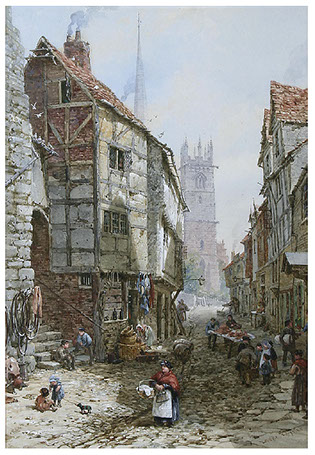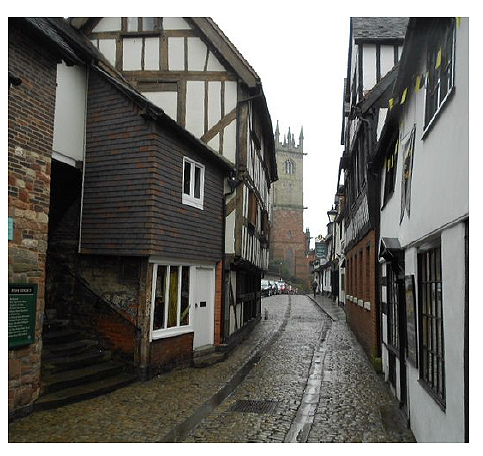Antique Furniture Restoration Courses, Classes & Modules
ARC Services and Thinking Hand Studios are in the process of preparing a series of educational modules covering core rare skills and techniques required to restore Antique Furniture including French Polishing, Staining & Polishing, Furniture Revival Skills, Wear & Patina Simulation and Gold Leaf Gilding. These modules will be available both as practicable classes for local students or students willing to travel, and for a small fee, as a digital downloadable video with a companion eBook.
Each module is written and presented by Calvert Regan of ARC Services who has had more than 40 years professional antique restoration & conservation experience, and also taught antique restoration and fine furniture making at the Shrewsbury College of Art and Technology in the UK.

Restoration Courses Prologue, Why I decided to share my knowledge.
Written by Cal Regan, ARC Services 2017
…A memory evoked on eating peanuts led to a moment of reflection and the seed of an idea. Drifting into past I remembered a conversation I had when I first started my working life as an enthusiastic apprentice furniture restorer and maker.
‘How did you do that Ray?’ I asked.
‘Magic,’ was his reply.
To me, what he did was very skillful and impressive. Ray didn’t want to answer and cantankerously mumbled something between his teeth. The statement ‘Magic’ stopped further discussion on the subject quite effectively.
Not the narrative I would have preferred but things did change in time. Ray was French Polisher for CJ Pritchards, cabinetmakers and antique restorers in our little English town of Shrewsbury. The firm had been there in the same black and white oak framed historic building for two generations. Ray turned out to be a very affable and humorous guy. He was in his mid sixties, smoked a pipe and always smelt of peanuts. He seemed to own one pair of shoes through all the years I knew him. Sloppy Hush Puppies two sizes too big for him. The patchy brown suede polished mostly black with wear.
After a few years I did wear him down and he answered all my questions and showed me how to stain and polish furniture. His knowledge served me well in my working life as a restorer and conservator of antique furniture It was in the mid seventies when I first asked Ray how it was done. I had just joined CJ Pritchards as a rather older than normal apprentice at the age of 25. Previously I had just finished a very enjoyable and enlightening course at the then Shrewsbury College of Art Furniture making school.
As sometimes happens, events had fallen perfectly in line. An opening as a restorer and conservator presented itself to me just after leaving the Shrewsbury Art School.
I was taken on, knowing nothing about antique restoration. My apprenticeship at CJ Pritchards in Fish Street lasted 5 years. There are many old historic houses in Shropshire furnished not only country made oak furniture, but high quality 18th century city made pieces. A happy situation for the learning conservator and restorer. My new life as a furniture maker and restorer came about as a result of being made redundant. Economic change was blowing through Britain in the seventies. I was a casualty. Where there are casualties there are opportunities. It was time for me to become creative. I did exactly that, took a risk and did precisely what I had always wanted to do.


Fish Street, Shrewsbury UK, watercolour by Louise Rayner, 1832-1924. A town of history and tradition where I did my apprenticeship
To me the mid seventies feel only a year ago. The only change contradicting that feeling is that my tools are looking a bit worn. They all have very polished handles, the metal has a patina and that image in the mirror shares the same appearance as the tools. There are some similarities here to Rays Hush Puppies.
I have spent many interesting and profitable years in my creative work even through the ups and downs of economic change Through the intervening time I have noticed many traditional skills loosing vitality as economic imperatives and educational fashions have taken their toll on traditional apprenticeships.
Over the last few years there has been resurgence in interest in these skills Courses in furniture conservation and restoration and fine furniture making are being run today, even at degree level, which is encouraging to see.
As a Furniture Maker/conservator and have acquired as many skills, knowledge and techniques as I can. Manufacturing techniques, processes and natural materials are endlessly interesting and fascinating to me and I know they are to many others.
So here I am now, having arrived through time to be Rays age. I don’t wear suede shoes, I hope I don’t smell of peanuts but I do want to pass on the skills of my work and experience.
The information that follows is my experience recounted. The information is naturally very partial to my experience and work. It shouldn’t be regarded as definitive but more a guide and offered to the reader to be built on and experienced.
There is always something new to be learned. After the peanut evoked memory incident and the decision to share my work experience I have given a lot of thought about how to best present this project.
Antique restoration and conservation is a very large and involved subject and not all the information is necessary to make a start, and that is the key point. I hope to interest and encourage as many students as possible in the subject.
Knowing where to start in any endeavor is key to its success as failure at the start is very discouraging and can end in a full stop.
To fast track the information and to make it instantly accessible an idea struck me present a series of modules that would be specific to the subject of interest. I have tried to present the module in as concise a form as I could find.
Some of what follows will be useful for beginners. Some may also be of help to the working or part time craftsman or to others as a window into the processes of the trade.
Good fortune in your endeavors!